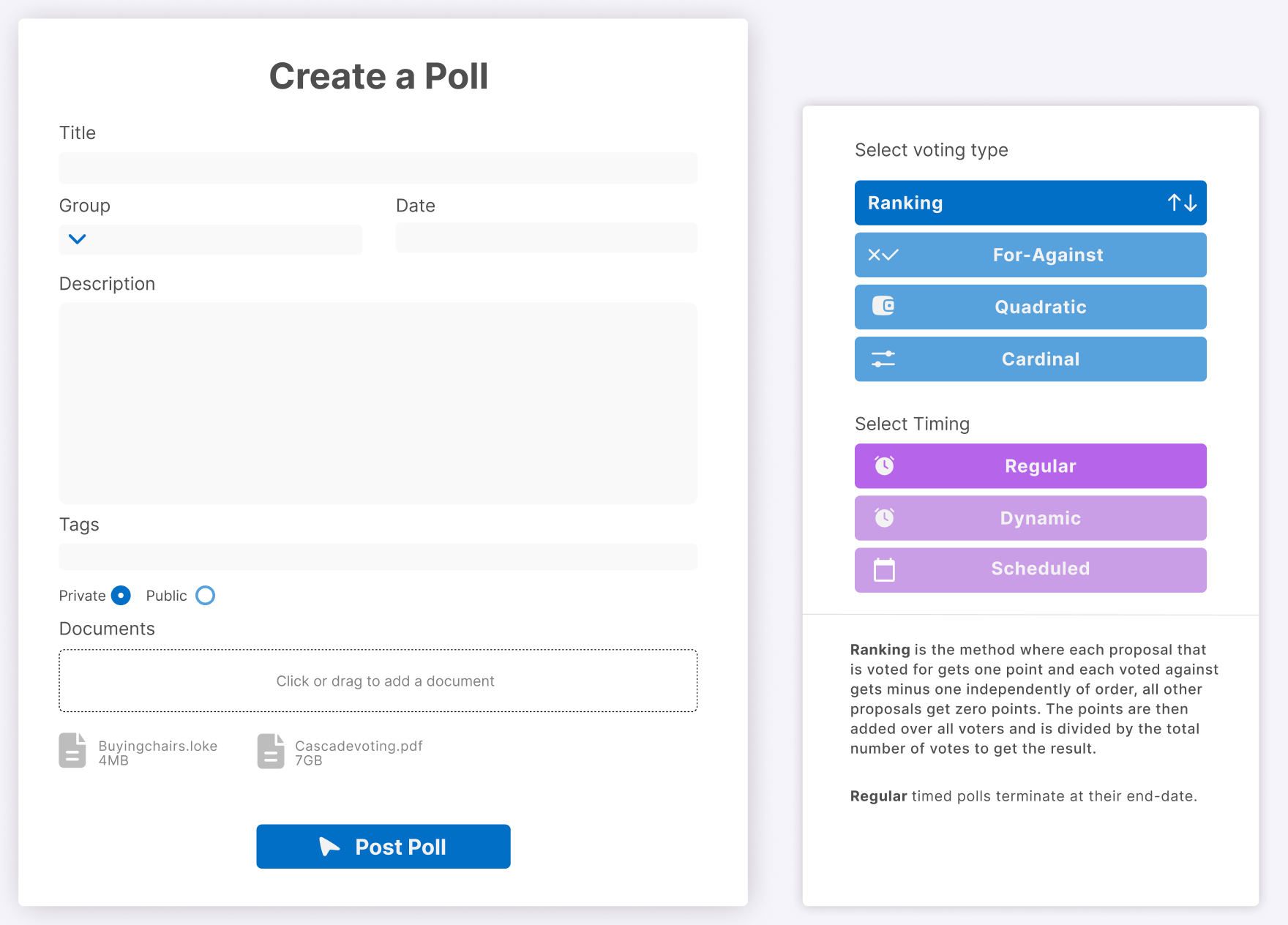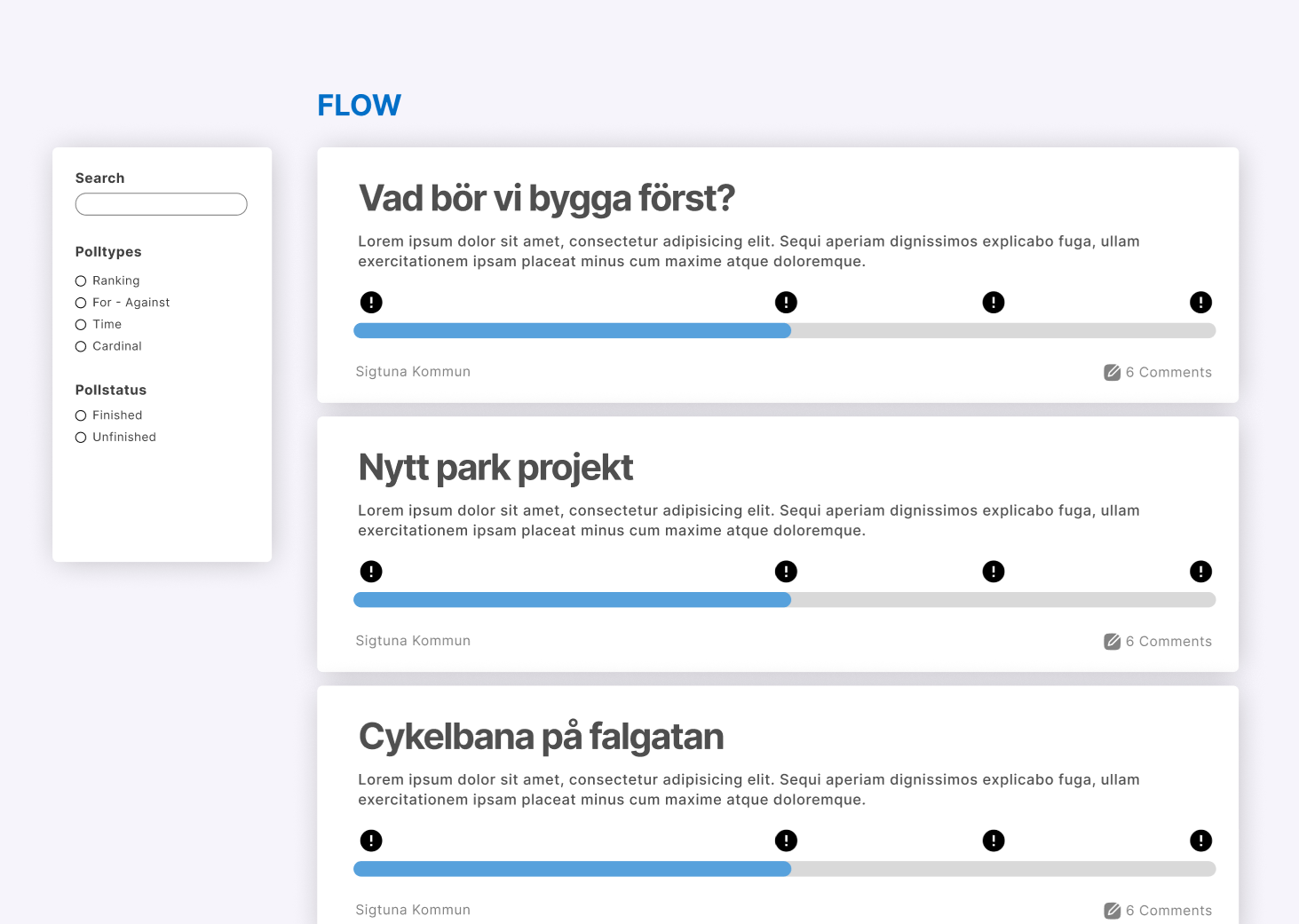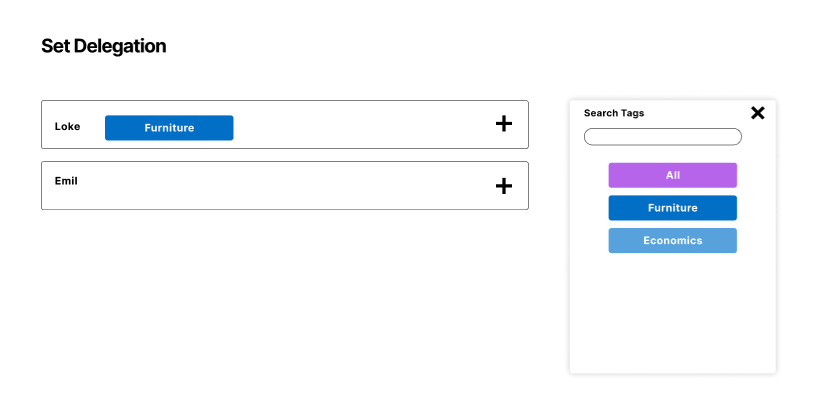In order to make decisions that benefit an organisation and its employees as a whole in the long term, it is important that the voices of all participants are weighed equally, i.e. in the same way. However, there are different scales on which to weigh votes. For example, a vote can be weighted based on the strength of the participant's preferences, how the participant's interests are affected by the decision, or the participant's geographical proximity to the location affected by the decision. With more ways of weighing votes available, participants can be treated equally politically measured according to more and more relevant scales than today.
The Association for Digital Democracy is working to find, implement and test the scales for weighing votes that will ensure the best possible decisions for the vast majority in the long term. We are also working to find forms of decision-making that maximise respect for the political equality of all. Here are some examples:
- Delegated voting is a method of ensuring that everyone's vote is counted and weighted equally even in cases where people don't have the time, can't or forget to vote themselves. Delegation does not mean that one person gets two or more votes, which would violate the requirement of political equality. Delegation means that you identify another individual you trust who has chosen to publicly post how they vote and then automatically copy their choice of options. You can vote differently at any time if your views differ from the delegate's vote. Read more here.
- Square voting is a method of voting that allows minorities with strong preferences to express them in a balanced way at the cost of reduced influence on other issues. The method has proven successful in repeated empirical experiments. It encourages participants to be honest, to set balanced priorities and to cooperate. Read more.
- Geographic voting is a method of voting that weights votes according to geographical distance from the area being voted on. This method could be useful and deserves to be experimented with. However, it carries some risks, as in the US, where the division of electoral districts on the whole reduces the ability of the majority to govern their country. However, a majority could choose to consider geographical parameters relevant in certain types of voting - in such circumstances, features that flexibly segment participants and weight the strength of votes by geographical parameters are useful.
Democratic decisions also require that all those affected by the decision are included in the decision-making process. However, not all people are affected by all decisions. As a result, many people are forced to vote unnecessarily on issues they are uninterested in, lack knowledge about, or where they can override a minority for whom the issue is very important. Digital democracy, however, allows the voting list to be set flexibly to include only those who are actually affected by a decision, according to criteria such as:
- Geographical proximity to the place affected by the decision
- Interest in working on the implementation of the decision or in helping to finance the decision
- Level of education, knowledge test, points or number of votes delegated to you
For different types of decisions in different types of organisations, collaborations between organisations, boards or companies, different ways of determining the voting list may be reasonable. Those who are determined to be above the threshold of voting rights are then allowed to participate in the democratic process and decision-making.







